6 ways to recreate an industrial '80s sound in your DAW
Nail down the sound of industrial pioneers like Throbbing Gristle with these software emulations of classic equipment
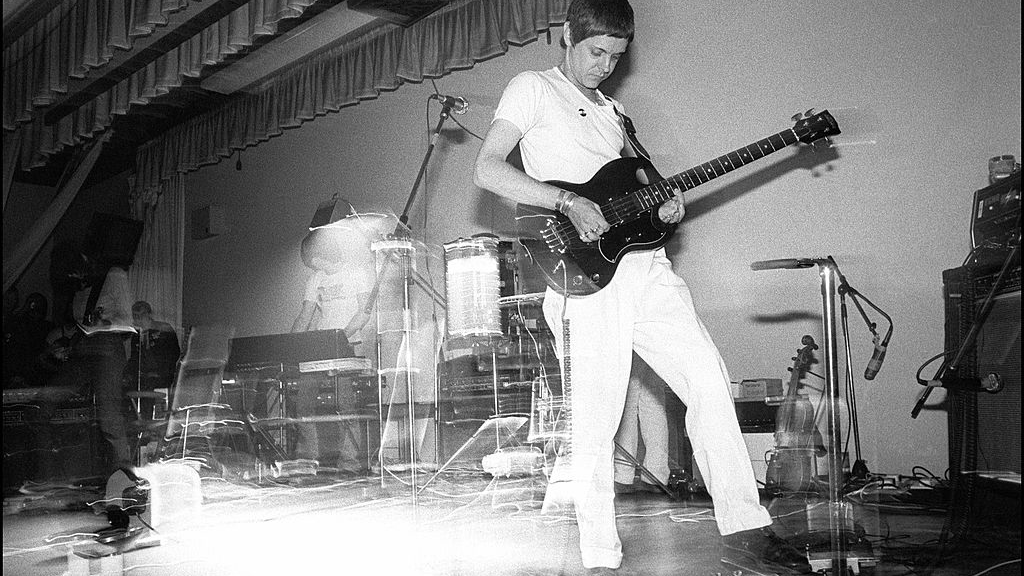
What we think of as ‘industrial music’ has been around since at least the 1970s, but by the end of the 1980s and into the 90s its influence was felt everywhere - the pioneering work of bands like Throbbing Gristle and Einstürzende Neubaten was incorporated into the sounds of more mainstream acts like Depeche Mode and Nine Inch Nails.
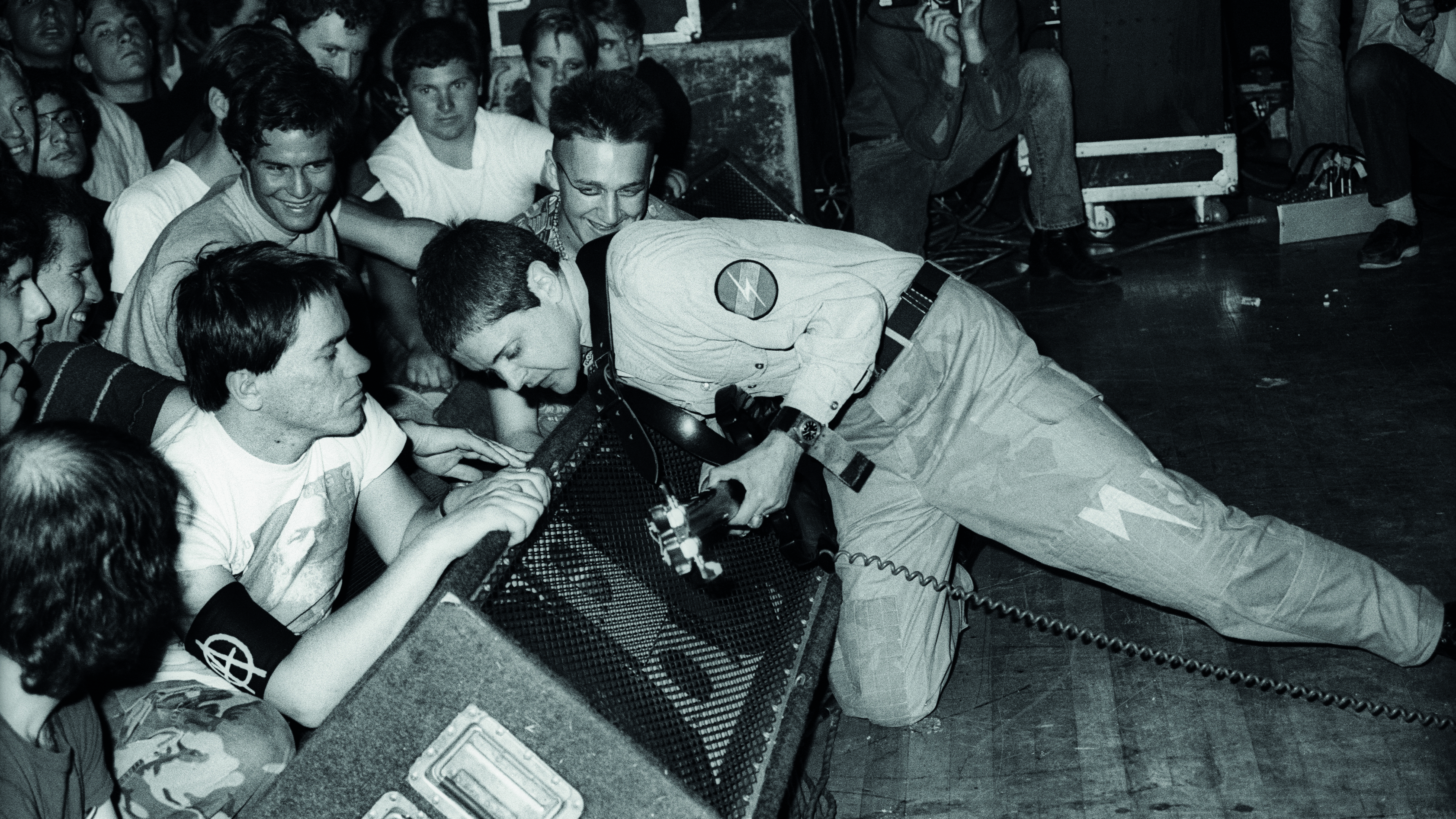
Industrial music also made a difference to dance styles as well as invigorating a tired rock scene; as a genre it’s hard to define, but you know it when you hear it! It draws on sounds from nature and man-made sources, as well as taking a philosophical cue from artists working in other media.
We’re looking at industrial music as a genre based on low-tech sampling, machine noises, hard drum machines, rock instrumentation, and angry or otherwise-processed instruments.
Like other genres born in the '80s, industrial has never gone away – there’s still excitement and creativity to be found in using primitive sampling methods, big beats, and blasting unsuspecting listeners with noise. So nobody can blame us for asking – what tools were behind those original records and performances, and how do we reproduce them now?
1. Roland R8 samples
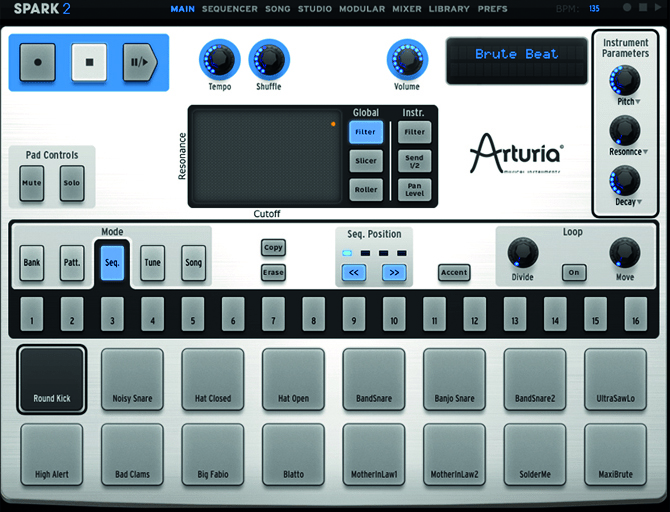
Truthfully, the Roland R8 drum machine might be more 90s sounding, but it was released in 1989 so it qualifies, and it’s an industrial classic. It has a library of drum kits that are perfect, including the aptly-named power kit. Samples of this beat beast are easily found online and many hardware or software options exist including Arturia’s Spark 2.
2. Tape simulators
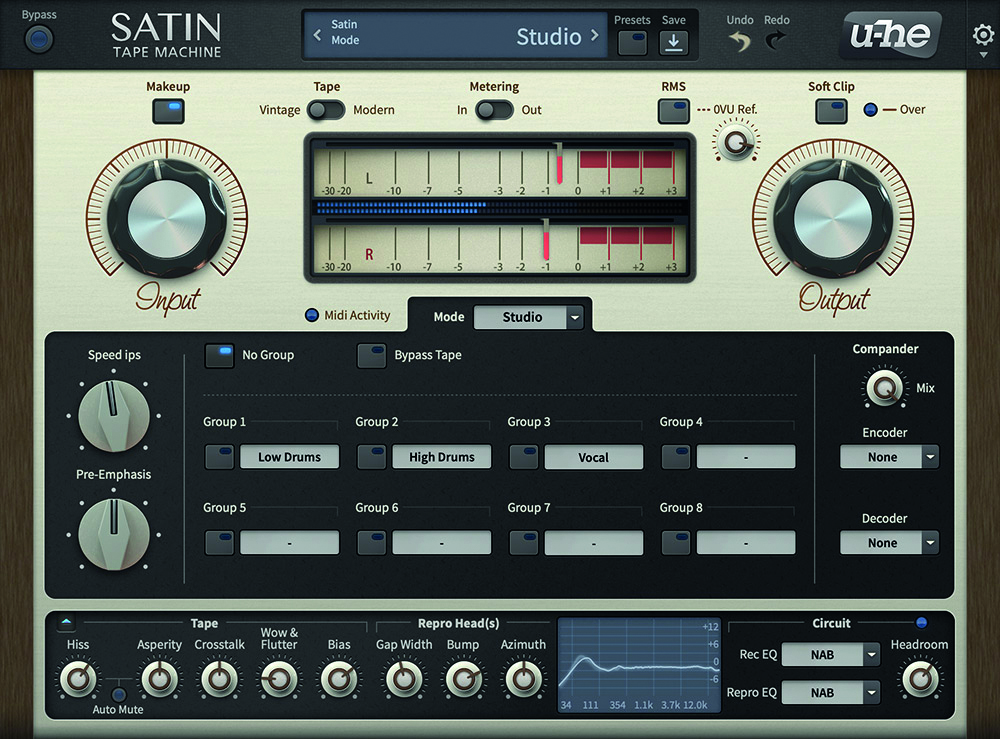
Early industrial music, like all other music of the time, would be recorded onto reel-to-reel tape, if working in a studio, otherwise onto cassette tape if working at home or in a demo setup. Some of the best tape sims include u-He’s Satin (shown) and Slate Digital’s Virtual Tape Collection.
3. Atari ST emulation
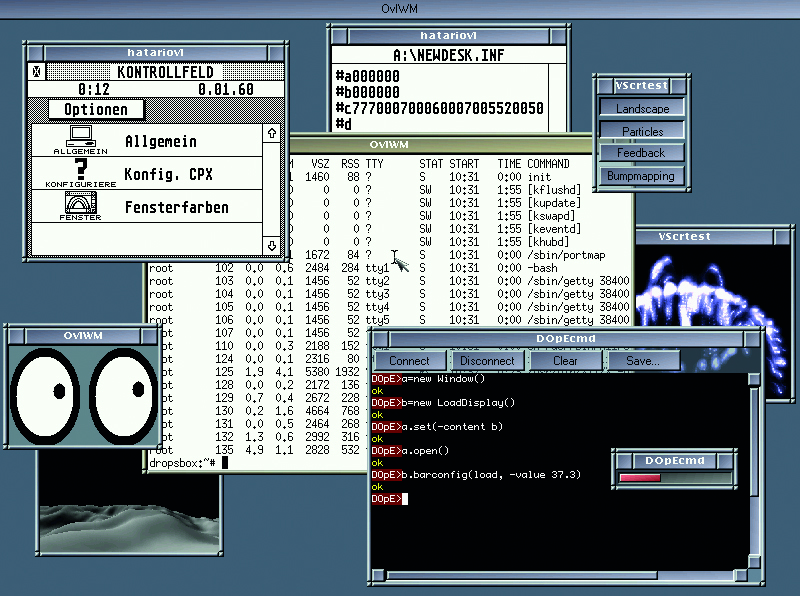
Meanwhile, sequencing and composition had begun moving to computers. The Atari ST was the first home computer with built-in MIDI ports, and it was the original home for music applications such as Creator/Notator (later to become Apple’s Logic Pro). Want to emulate it? Try Hatari’s app at their website.
Get the MusicRadar Newsletter
Want all the hottest music and gear news, reviews, deals, features and more, direct to your inbox? Sign up here.
4. Arturia CMI V
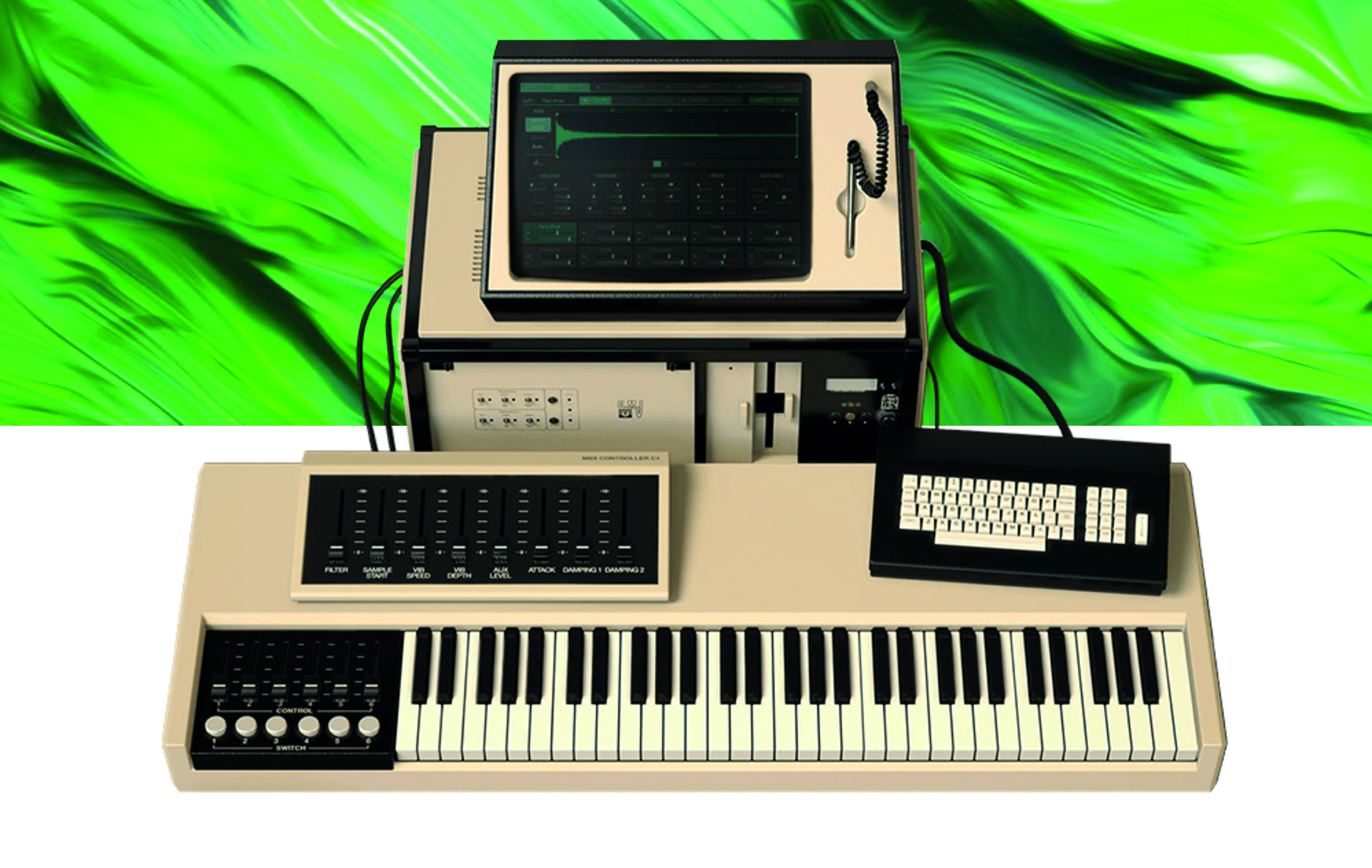
Sampling blew up big in the 1980s, at all levels. We must mention the Fairlight CMI, which was released in 1979 and you can use the Arturia emulation for that. It appeared on records by Peter Gabriel, Kate Bush, and Art of Noise, to name a few. Quickly, though, sampling became more democratic and affordable.
5. Togu Audio Line TAL-Sampler
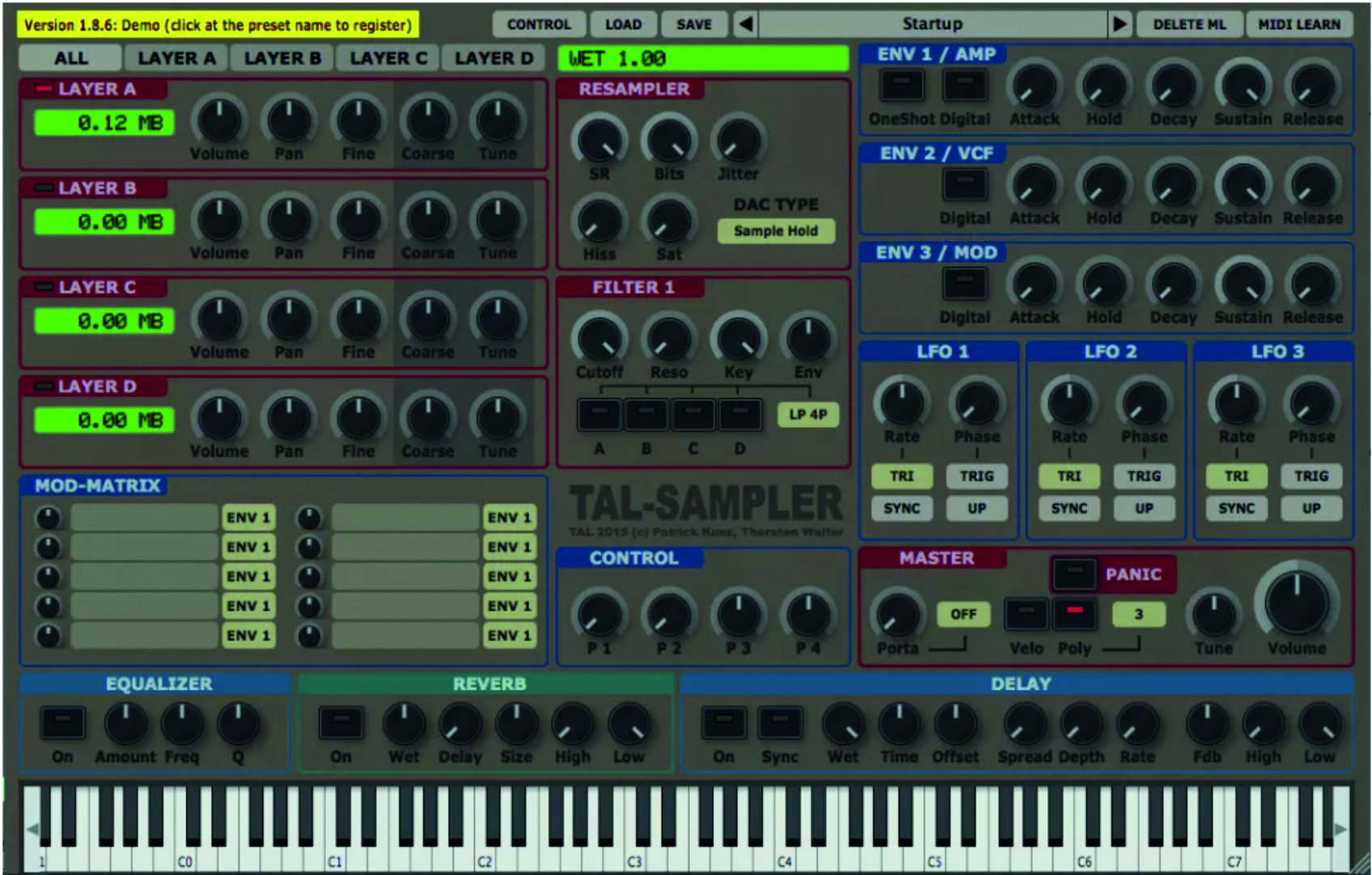
Akai are more known for their MPC samplers, but their S-series rack samplers, first appearing in 1985, were widely used by artists such as Nine Inch Nails, Front 242 and Depeche Mode. Shockingly primitive by modern standards, they were hugely influential. Get an idea of how they work by way of this Togu Audio Line TAL-Sampler.
6. Mathieu Demange RX950
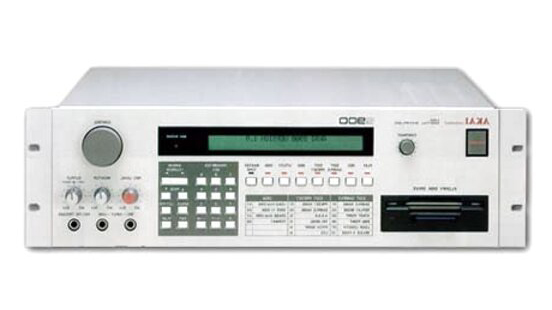
As you can see we can reproduce these instruments and their workflows in software. There’s even a plugin – the Mathieu Demange RX950 – that imparts the lo-fi characteristics of the Akai S950. As usual with music technology, the challenge now is to filter out the distractions and embellishments.
Computer Music magazine is the world’s best selling publication dedicated solely to making great music with your Mac or PC computer. Each issue it brings its lucky readers the best in cutting-edge tutorials, need-to-know, expert software reviews and even all the tools you actually need to make great music today, courtesy of our legendary CM Plugin Suite.
"If I wasn't recording albums every month, multiple albums, and I wasn't playing on everyone's songs, I wouldn't need any of this”: Travis Barker reveals his production tricks and gear in a new studio tour
“My management and agent have always tried to cover my back on the road”: Neil Young just axed premium gig tickets following advice from The Cure’s Robert Smith










